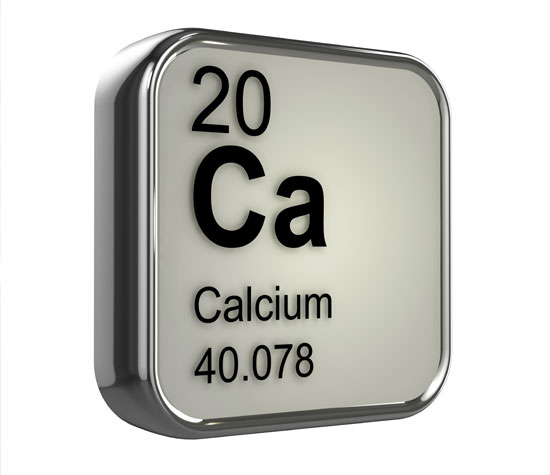Page Contents
OVERVIEW
This page is dedicated to discussing how to manage hypocalcemia. This condition is characters by low serum levels of calcium. Guides on managing other electrolyte abnormalities can be found here.

*It is important to keep in mind that hypocalcemia can not be adequately addressed if a patient’s hypomagnesemia has not been addressed as well.
NUANCE IN MEAURING SERUM CALCIUM LELVES
While hypocalcemia clearly is characterized by low serum levels of calcium THERE IS SOME NUISANCE IN DECIDING IF A PATIENT HAS HYPOCALCEMIA.
Serum levels of calcium:
The reference range for total serum calcium is 8.5-10.5 mg/dL. Using this reference patients with a total serum calcium < 8.5 mg/dL are considered to have hypocalcemia. HOWEVER because much of the serum calcium is protein bound (principally to albumin), the above reference range for total serum calcium assumes that the patient has a normal level of albumin in the serum (~ 4.0 g/dL). For patients who have an abnormal amount of albumin a corrected level of calcium must be used to evaluate for hypocalcemia.
Corrected levels of calcium (relative to albumin):
Each 1 g/dL change in albumin in a patient’s serum will result in ~0.8 mg/dL change in total serum calcium (a decrease in albumin will decrease calcium and vice versa). This is because much of the calcium in the serum is actually bound to albumin. For this reason any patient who is suspected to have a calcium abnormality must also have their albumin levels evaluated. Patients with abnormal albumin levels must have their calcium corrected to accurately assess for hypocalcemia. The below formula can be used (often 4.0 g/dL is used as the normal albumin value):
Calcium = Serumcalcium + 0.8 * (Normalalbumin – Patientalbumin)
Online calculators also exist to make this process easier.
Ionized calcium:
If there is confusion regarding the diagnosis of hypocalcemia, serum ionized calcium (free calcium) can also be measured. It is important to note that the affinity of calcium for albumin is increased in the presence of alkalosis (which will decrease the amount of free calcium present). The reference range for ionized calcium is ~ 4.4-5.4 mg/dL.
OPTIONS FOR MANAGING THIS ELECTROLYTE ABNORMALITY
In the case of hypocalcemia there are finite options that can be utilized to correct the issue. These options are listed below:
- Vitamin D
- Oral calcium supplements
- IV calcium (calcium gluconate/calcium chloride)
- Aluminum hydroxide gels: these bind to dietary phosphate in the intestines and increase absorption of calcium.
SPECIFICS REGARDING ELECTROLYTE CORRECTION
Monitor QT interval while correcting electrolytes.
Page Updated: 01.23.2017